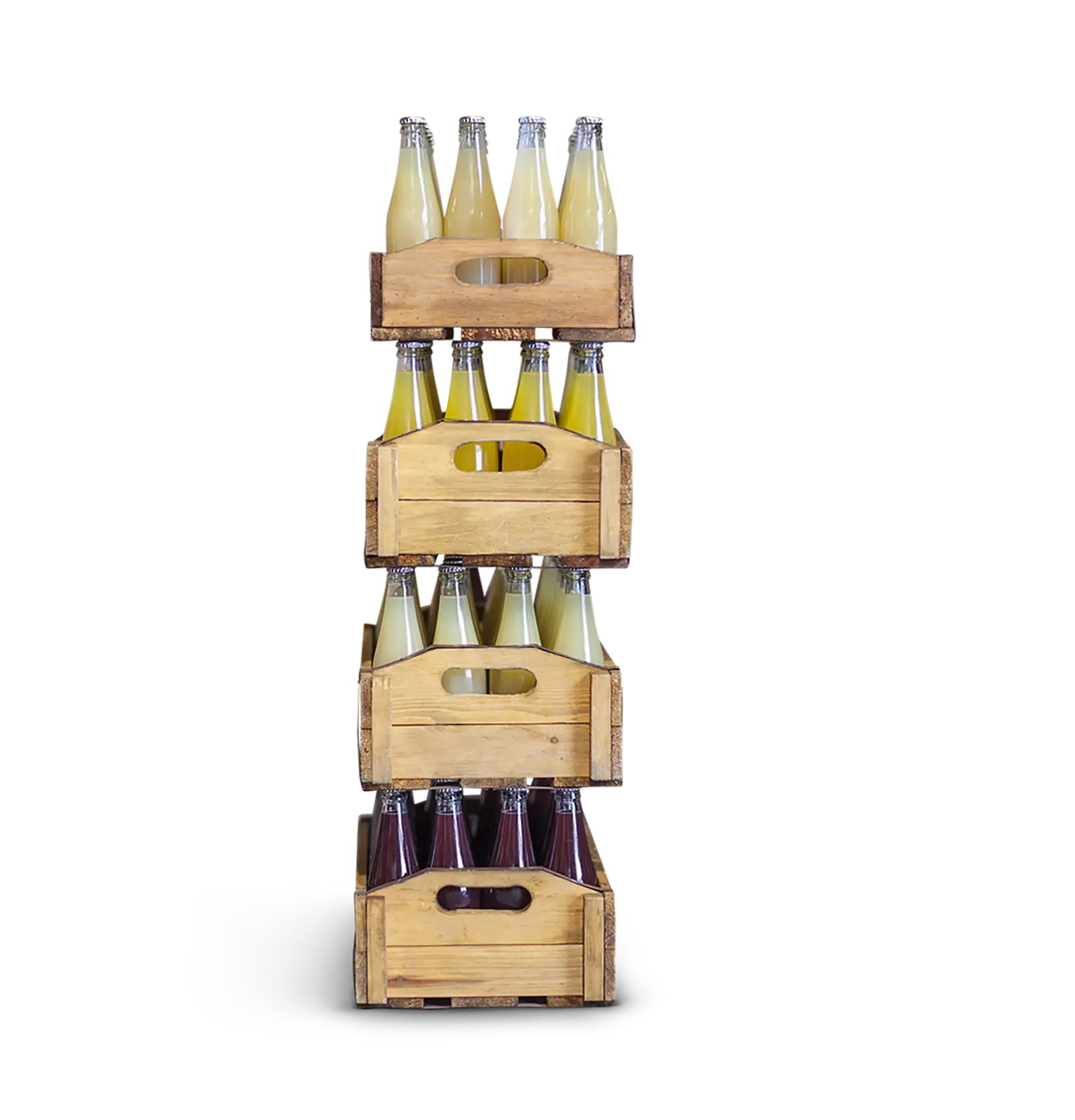Featured in this post
6 Key Reasons Your Consumer Packaged Goods Business Needs a PLM System
6 Key Reasons Your Consumer Packaged Goods Business Needs a PLM System
28 Jul 2021
 Juliette Caron | Marketing Program Specialist
Juliette Caron | Marketing Program Specialist
Feeling the pressure to deliver more new products with a shorter time to market? All while streamlining your operations?
With changes in consumer tastes and growing pressure to provide supply chain visibility, managing your product portfolio efficiently while driving innovation can be an uphill struggle. And it’s only more challenging if you’re battling information silos, manual processes, disparate systems or legacy software.
That’s why many Consumer Packaged Goods (CPG) manufacturers have turned to cloud-based PLM solutions to meet these demands.
Product lifecycle management (PLM) software manages your entire process during the concept, design, production and distribution phases—enabling a full-spectrum view of the product in development. And, what’s more, it integrates various global cross-functional teams, vendors and suppliers.
Here are 6 reasons why you can’t afford to pass up PLM any longer.
1. Collaborate On a Single Version of the Truth
With increasing data needs, conventional storage options and email size restrictions are not fit for purpose. Multiple people, from various teams, contribute to new product development projects. Implementing PLM software makes sure they’re all working on the same, reliable data by providing secure and seamless access to a centralized database with permissions rules and notifications.
Whether it’s the marketing, research and development (R&D), procurement or packaging team inputting data, everyone views the product from their own perspective and requires different information to do their job. A PLM system guarantees all of your teams have access to the right data, at the right time.
With the right software, data can be analyzed from different angles using dashboards tailored to each employee or company profile. These profiles make it possible to structure information around unique criteria—making it more comprehensive and useful. For example, Marketing can use KPIs and dashboards to compare various project launch concepts and choose the most promising idea. While R&D can access the composition and formulation to simulate several prototypes. And Quality can review all the elements and approve its adherence to internal and external compliance requirements.
This integrated environment makes it easier to collaborate and bring efficiency across departments.
2. Save Time With Automation
Missed deadlines no more. Over 55% of deadlines are missed without a PLM system. The powerful workflow engine of a PLM solution automates task assignment, notifications, reminders and timeline updates based on completion, delay and validation. This level of automation saves time on multiple critical tasks in the product life cycle, such as:
Ensuring files are up to date and organized
Sending approval requests to the correct person at the right time
Managing workloads and assigning new tasks correctly
Meeting and maintaining project timelines
Calculating key values to ensure compliance (like ingredients list, nutrition facts, allergens)
Generating documents such as Product Information Files
Generating compliant ingredient statements, allergen statements and nutrition fact panels.
Automating these steps of the new product development process allows teams to spend their time on high-value tasks like formulating rather than chasing approvals—accelerating your productivity and time to market.
3. Steer Your Activities
Who couldn’t benefit from a little more control? Especially in complex, data-driven processes. A PLM system makes it possible to control your activity from the most microscopic level to a high level overview.
Manage and better plan your projects: thanks to a holistic view of project status, you can easily identify bottlenecks and meet deadlines.
Monitor resources’ workload to assign tasks appropriately
Manage your costs: the formulation tool allows you to quickly simulate a product composition cost, based on real time cost from your ERP system. With the project budget established, the PLM ensures that development costs are respected.
Use reliable reporting: customized dashboards highlight trends and roadblocks across your product portfolio
With a centralized repository, PLM allows relevant product information to be reported in real time driving your project forward with accuracy.
4. Maintain Compliance With Ease
Safety and compliance are pressing issues for CPG brands and retailers, especially with today’s changing consumer behavior and the fast evolution of regulations.
The truth is oversight and approvals are necessary throughout the lifecycle of each product you produce. With a PLM system, comprehensive product and component libraries reduce mass replacements, manual data entry and work arounds with each update. Let the system find which products need to be re-tested, set expiry reminders and keep documentation accurate and updated. Good PLM software should include the following features:
Ingredient screening for compliance monitoring during formulation
Allergen statement generation
Ingredient statement generation
Nutrition Fact Panel generation
Claim compliance monitoring during formulation
Document and renewal management
A workflow engine to automate regulatory compliance tasks and reporting
The right PLM system takes the hassle out of your compliance procedures. So you’re able to focus on your product development in the knowledge that all your regulatory and safety requirements are being met with accuracy.
5. Work Closely With Your Suppliers
Take a second to consider how many partners you currently work with. Now, how many more will you add to that list over the next year? With a PLM solution you can centralize supplier relationship management by providing secure and monitored access to your system.
Suppliers can upload and update their specifications, information and documents on their own. As well, certificate renewal requests are automatically sent to them on anniversary dates. This level of involvement eases your relationship and supports you in your choice of suppliers thanks to analytic dashboards giving you insights to rationalize your procurement assets.
6. Be Agile and Scalable
With the CPG industry landscape constantly changing, your business needs to be agile and ready to adapt to new regulations and customer demands. Not to mention stay competitive.
That’s where PLM software comes in—allowing your company to adapt and scale as necessary. You can add additional users or teams to your system as your needs grow, access data globally from any device for easy collaboration with expanding partners and easily re-use existing recipes or formulas to develop new products.
PLM software provides a holistic view to every project and product throughout its entire lifecycle from concept to distribution on store shelves. Agility is key to the speed of innovation, and a PLM solution provides a competitive advantage you can’t afford to pass on in the race to launch new products.
Simply put, a cloud-based PLM system isn’t just for the big CPG players in the industry anymore. Providing multiple benefits when it comes to new product development, a single version of truth, automation, control and visibility, compliance and supplier management and the ability to scale with your company, it’s no wonder many businesses are capitalizing on its competitive advantages.
To learn how Aptean’s robust PLM system can help your business, contact our team of PLM experts today. Or, if you're looking for more information on PLM software, check out our recent blog for 5 Signs You Need to Ditch Spreadsheets and Move to a PLM Solution.
CPG Sustainable Product Lifecycle
Learn the 5 key measurable criteria to trace when using PLM software to reduce your ecological footprint in sustainability design, from formulation to packaging.



